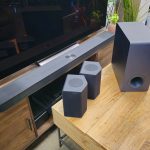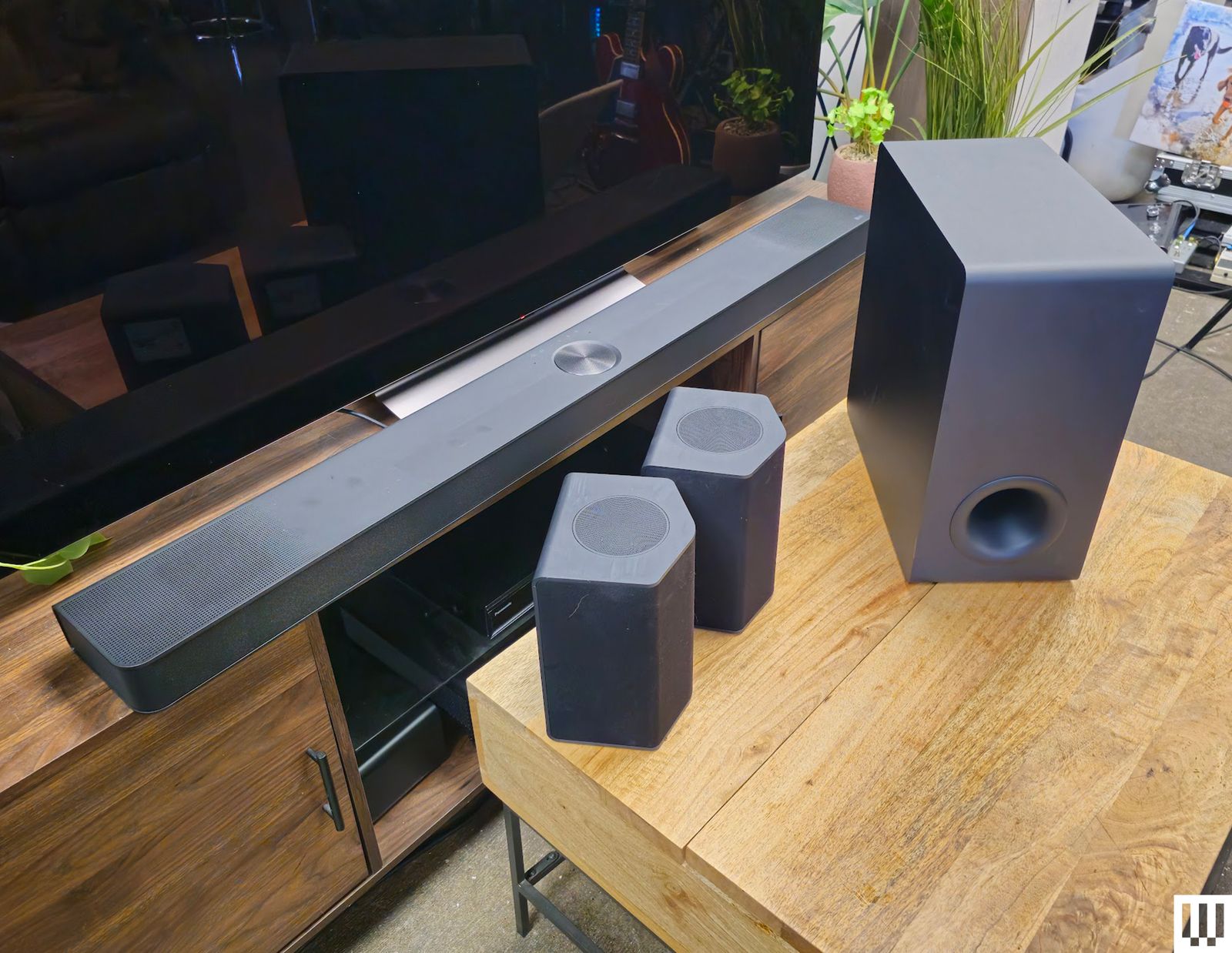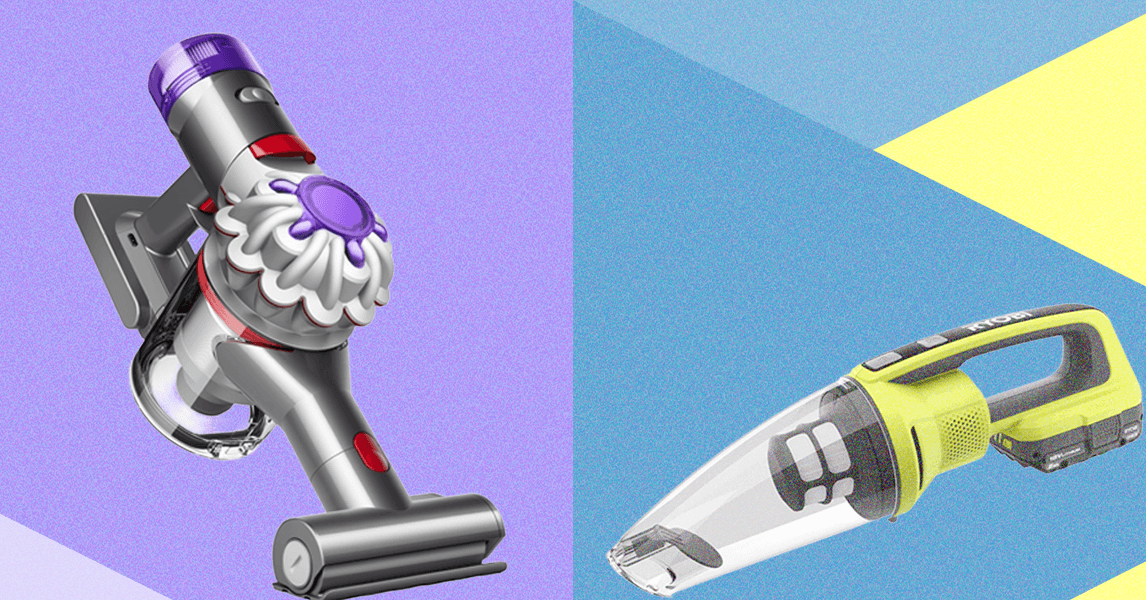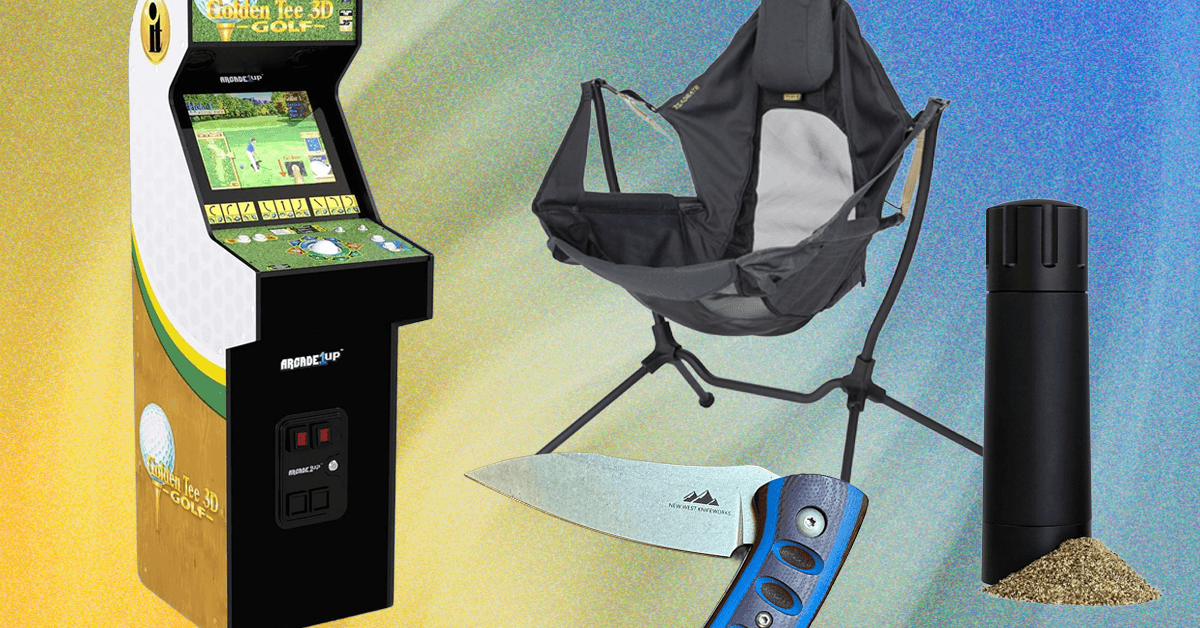
Manufacturers report a model’s noise level in decibels, averaging the readings over the dishwasher’s full cycle. But that isn’t necessarily the best indicator of noise output. So CR’s panel of judges sit and listen to each dishwasher that we test through its entire cycle—even if it takes 3 hours.
“People remember a noise when it’s at its loudest,” Ciufo says. “An average doesn’t capture that, but our score does by taking into account the peak noises noted by our judges.”
As for other critical components of the dishwasher, our lab technicians run tests to assess how well a model washes dishes, dries them, and how energy efficient it is. Our testers load each dishwasher with 10 place settings of white ceramic dishes with baked-on food, plus some plastic items in the top rack, then run the load through a standard cycle.
Once the cycle is done, they use photo-imaging software to compare before-and-after photos of the dishes to determine how clean they are. To assess drying performance, our testers look at how much water remains on the dishes at the end of the cycle—and they take an especially close look at the plastic items, which dishwashers have a harder time drying than ceramic or glass. For energy efficiency, our testers measure how much water and energy are consumed in a standard cycle.









